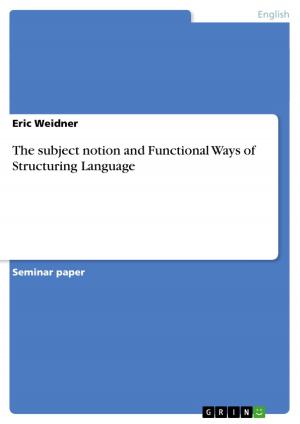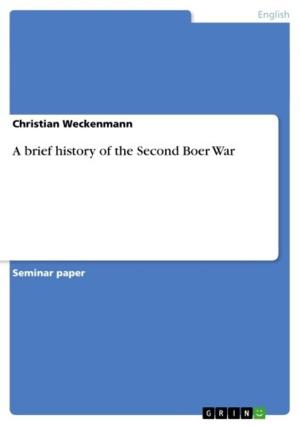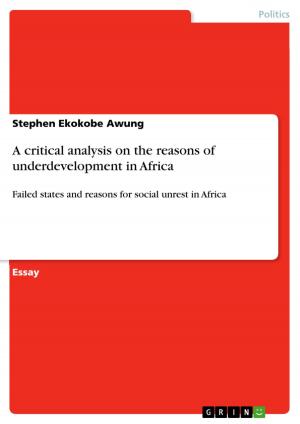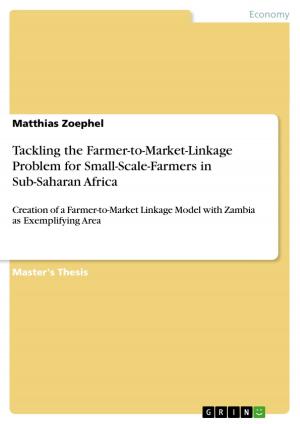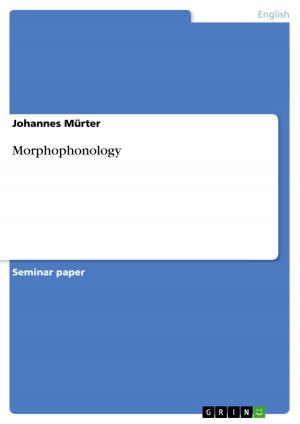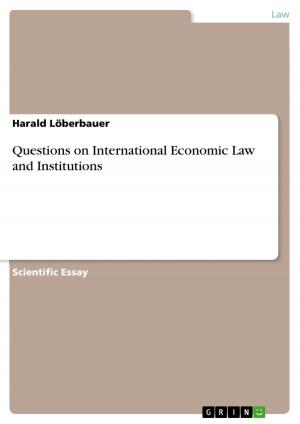Issues in Australian Studies: Anzac Day
A National Myth
Nonfiction, Social & Cultural Studies, Political Science, International, International Relations| Author: | Annika Onken | ISBN: | 9783640464074 |
| Publisher: | GRIN Publishing | Publication: | November 2, 2009 |
| Imprint: | GRIN Publishing | Language: | English |
| Author: | Annika Onken |
| ISBN: | 9783640464074 |
| Publisher: | GRIN Publishing |
| Publication: | November 2, 2009 |
| Imprint: | GRIN Publishing |
| Language: | English |
Essay from the year 2009 in the subject Politics - International Politics - Region: Australia, New Zealand, grade: 64% pass = deutsche 3, University of Queensland, course: AUST 6100 Issues in Australian Studies, language: English, abstract: Assumed that Anzac Day in its function as a national day is an invention (Seal 4), the question arises what understandings of the day are imposed on the recipients and how. A central point in this discussion is the idea that Anzac Day as a national myth builds a connection between the public life and the public history in the form of national sentiments as addressed by Davison (2003), Seal (2004), McKenna & Ward (2007), and White (2003). In comparing media material about Anzac Day from 1968 and 2009 I will look at how the establishment of this connection is aimed at in a militaristic framework and how understandings of it differ. Furthermore, I will investigate how far notions beyond this militaristic context are incorporated. How is the commemoration of Anzac Day understood in relation to a rising multiplicity of Anzac understandings?
Essay from the year 2009 in the subject Politics - International Politics - Region: Australia, New Zealand, grade: 64% pass = deutsche 3, University of Queensland, course: AUST 6100 Issues in Australian Studies, language: English, abstract: Assumed that Anzac Day in its function as a national day is an invention (Seal 4), the question arises what understandings of the day are imposed on the recipients and how. A central point in this discussion is the idea that Anzac Day as a national myth builds a connection between the public life and the public history in the form of national sentiments as addressed by Davison (2003), Seal (2004), McKenna & Ward (2007), and White (2003). In comparing media material about Anzac Day from 1968 and 2009 I will look at how the establishment of this connection is aimed at in a militaristic framework and how understandings of it differ. Furthermore, I will investigate how far notions beyond this militaristic context are incorporated. How is the commemoration of Anzac Day understood in relation to a rising multiplicity of Anzac understandings?


